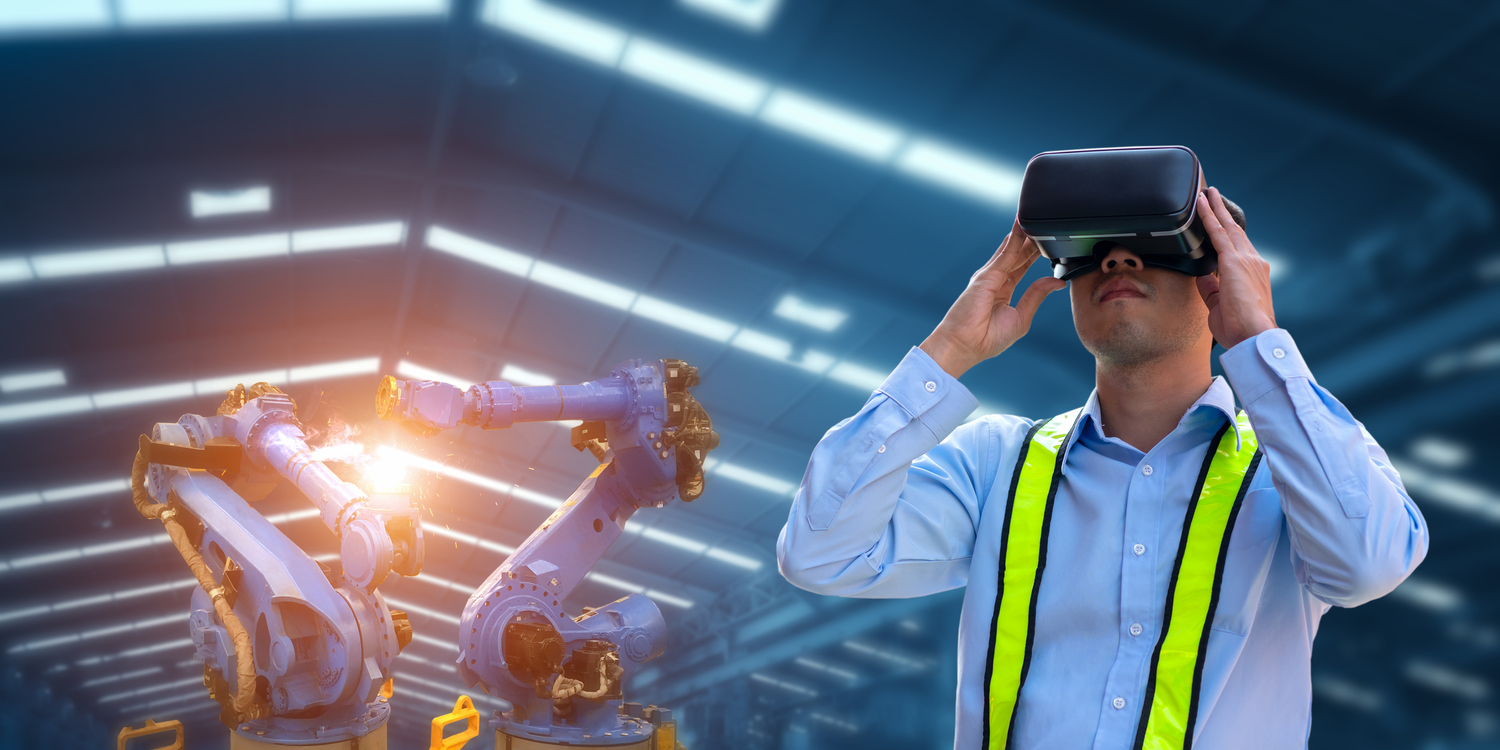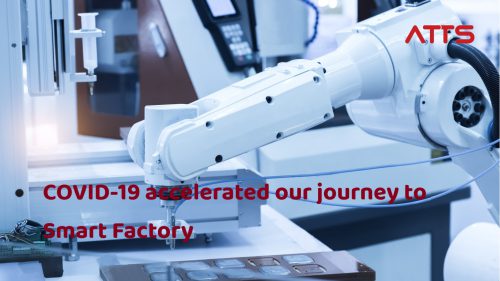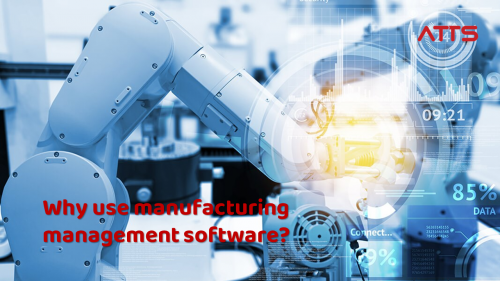How is virtual and augmented reality transforming manufacturing?
Virtual reality technology has been introduced for decades, but only recently augmented reality (AR) and virtual reality (VR) technologies have been increasingly applied in manufacturing. Being responsive to technological innovation creates competitive edges for businesses in highly demanding and ever-changing markets.

How is virtual and augmented reality transforming manufacturing?
Virtual and augmented reality to be commonly applied in manufacturing
Virtual reality technology has been introduced for more than 50 years, but only recently augmented reality (AR) and virtual reality (VR) technologies have been increasingly applied in manufacturing. The Virtual Reality (VR) system is a multi-purpose simulator that allows users to experience a computer-generated artificial environment with a life-like experience. Therefore, VR is considered a way for humans to visualize, manipulate, and interact with computers and complex data.
Virtual factories allow users to analyze and identify manufacturing defects before they occur on the actual factory floor. Manufacturers with AR and VR technology can create an environment that accurately simulates discrete and overall production processes; reduce production costs; optimize product development process; integrate product, operation and resources data; deliver accurate analytics of manufacturability and affordability; and develop seamless communication.
The benefits of VR and AR in manufacturing

AR and VR create competitive edges for businesses in highly demanding and ever-changing markets.
Maintenance
VR technology is useful in supporting smart on-site maintenance. Currently, 50% of the time is spent on maintenance looking for information, the remaining 50% is dealing with machine problems. This solution enables reduced downtime, simplified data collection, and more efficient troubleshooting. For example, Augmented Operation Advisor solution designed by Autotech helps technicians access real-time operational information (machine information, status, maintenance information, documentation, etc.).
Factory floor planning
Virtual technology is also being used for factory floor planning. In mass production, the planning of where tools, equipment and personnel are located will determine productivity and efficiency. VR technologies can significantly simplify and shorten the testing process of factory floor planning. Virtual plants are designed to test production flows and how workers and robots manipulate before changes are made in real-world environments, ensuring everything is smooth and efficient for new and restructured factories.
Training
VR applications in training have been widely used and are considered an advanced method in teaching skills for employees. The training courses take place in a realistic simulation version, complete with environmental, context, sound conditions. Such training is also suitable in factories with a large number of employees, where employees are allocated different areas. Working skills are better absorbed by experiencing real-life environments than from lectures, books, and other materials. Currently, leading electronics enterprises such as Motorola and Samsung have applied this form of training to reduce costs and increase training quality.
Product Development
The use of virtual reality brings about almost perfect assembly. The use of glasses embedding depth sensors, cameras, and motion sensors provides a “realistic” view of the work environment.
There are a number of companies that are using virtual reality to ensure specific components properly assembled. For example, Ford is using virtual reality to refine the design of cars, such as simulating weather and road conditions from a driver’s point of view to improve product safety.
Safe working environment
One of the benefits of virtual reality is a safer working environment. The use of virtual reality allows plant managers to simulate assembly line configurations and manufacturing-related processes, allowing them to identify potentially dangerous situations. There are several reasons that can lead to accidents at work, the most common of which are falling objects, equipment errors, noise, and dangerous chemicals.
Along with the Internet of Things (IoT), big data, virtual reality (VR) technology and augmented reality (AR) will begin to be used in the operation and production activities of businesses. Being responsive to technological innovation creates competitive edges for businesses in highly demanding and ever-changing markets.
Read more about ATTS services:
https://atts.com.vn/services.html
Connect us:




